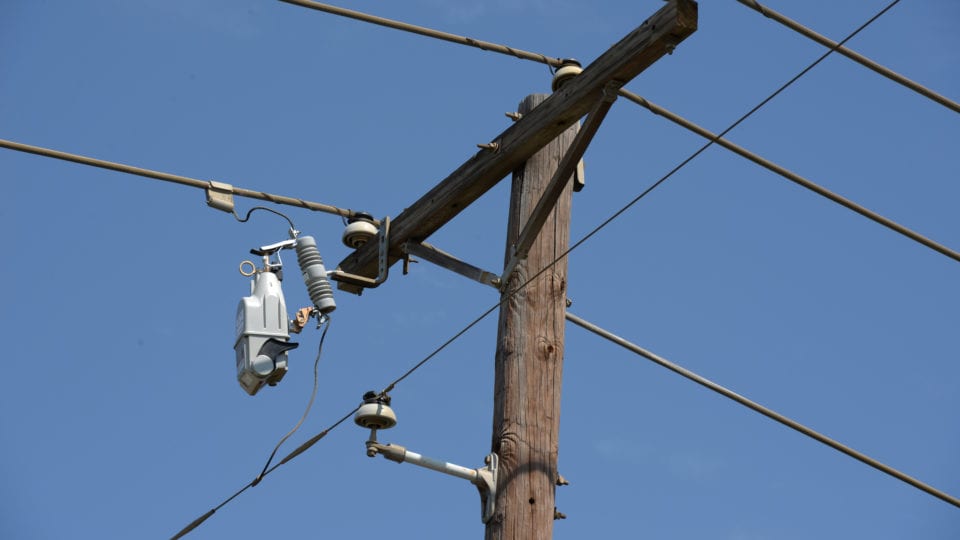Short-interruption incentives aid renewable generation
Christopher McCarthy (managing director-EMEA) and Christopher Watts (regulatory affairs director), at S&C Electric Company, discuss the reasons why short-interruption incentives would aid renewable generation.
21st March 2018 by Networks

Power reliability is growing in importance as consumers rely on electricity always being available. Distributed generation (DG) and electric vehicles create new challenges for protecting and controlling the power grid. Great Britain’s reliability incentives were introduced in 2002, when there was almost no DG, and all domestic and commercial customers had the same weighting. Over 50 per cent of renewable capacity is now connected to the distribution network, and this will increase.
Worldwide, short interruptions, are becoming less tolerable. Even a short-interruption of five seconds can trip generation, and it takes minutes to restart and reconnect meaning that:
- The renewable resource is unable to export
- Demand previously met by distributed generation now must be met through additional reserve from conventional generators
- Distribution-network loading under the planning standard, has to be managed in a way that does not take DG into account.
We consider that, in addition to customer interruptions (CI) and customer minutes lost (CML) incentives, which are targeted at load-based customers, there should be a measure of distributed generation interruptions (DGI) and distributed generation minutes lost (DGML). This creates a broader incentive that includes the effects of both short and sustained interruptions.
Technologies such as sectionalisers have been successful in reducing CI and CML, but result in high numbers of short interruptions because they don’t contain the area affected by the fault.
The measures of short interruptions are indicating a significant increase, but this is likely understated and does not capture the extent of the impact on DG.
Comments
Login on register to comment
Related content

Power
The future for vegetation management
Why networks should focus on data not trees to overcome the costly challenges involved in vegetation management

Power
An unprecedented opportunity for change
Why short interruptions will matter in RIIO-ED2 and how to address them.

Power
Time for less talk and more action on decarbonisation
Core "oven-ready" solutions to decarbonising heat and transport exist today and should be implemented without delay, says WPD's future power networks expert.
Related supplier content
![‘Learning by doing’ on the road to net zero [test product]](https://networksonline.s3.amazonaws.com/products/images/3.jpg)
People & Skills
‘Learning by doing’ on the road to net zero [test product]
DSO director Andrew Roper discusses 'Learning by doing'

Power
Load patterns and lockdown: how Covid-19 is impacting electricity networks
Insights into dynamics on the low voltage network as the outbreak unfolds

Downloads
Protect electrical equipment from insulation failure
Insulation faults are a major cause leading to the eventual failure of electrical equipment. Partial discharge (PD) is a very reliable indicator of developing insulation faults. Regular PD testing allows users to detect and analyze PD activity